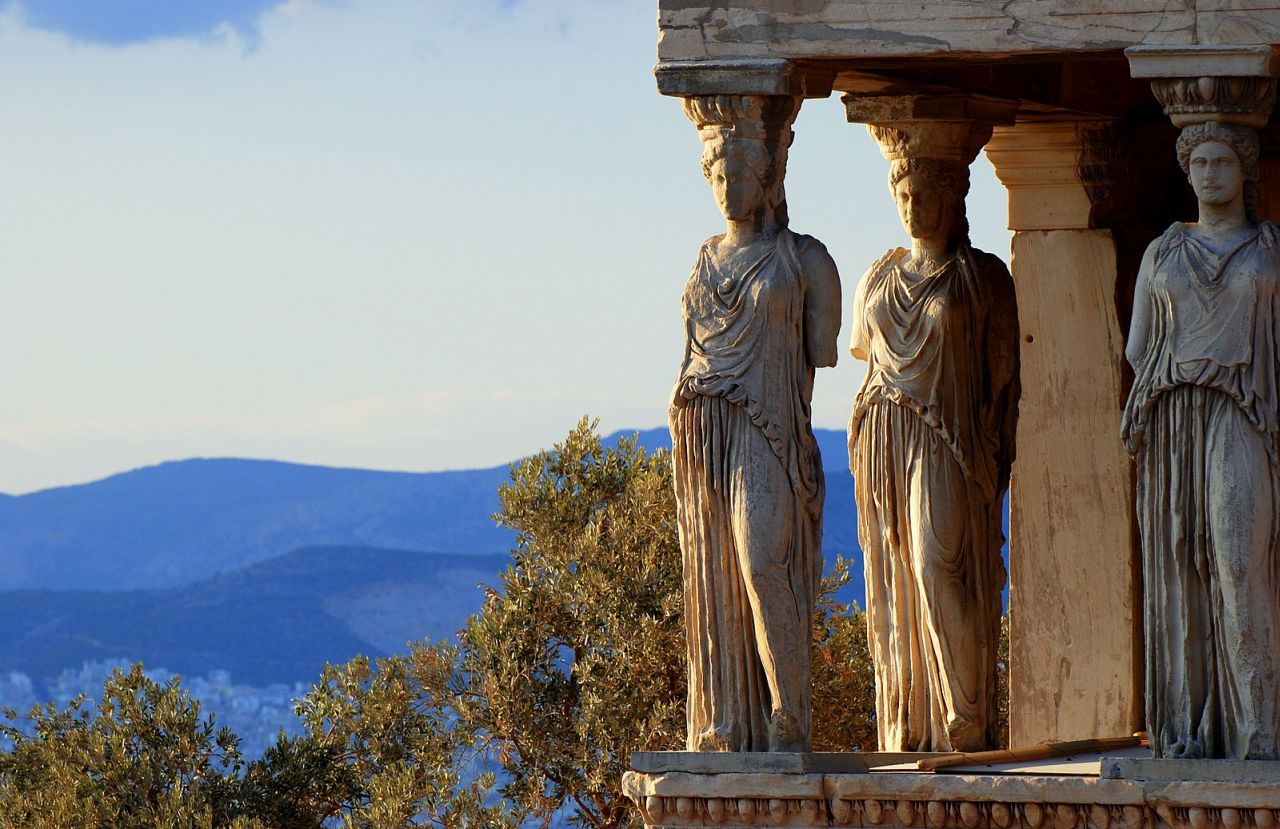RMA Dissertations
Identifying Myth
The korai of the Erechtheion revisited
Leonore Poldervaart
See full text in the UU repository
The Ionic temple on the Akropolis of Athens, generally known as the Erechtheion, is the last of a series of temples devoted to the goddess Athena Polias. Besides the shrine for Athena Polias, the Erechtheion also incorporated the altars of Poseidon-Erechtheus, Hephaistos, and Boutes, and the mythical tokens of the competition between Athena and Poseidon for the city, namely the olive tree and the salt sea well. However, the precise location of these various elements within the temple is still a subject of heated debate. Also, there is still no general agreement on the dating of the building, and on the more fundamental question of whether the Ionic temple is in fact “the building called Erechtheion” mentioned by Pausanias. The ancient evidence from literary, epigraphical, and archaeological sources is extremely ambiguous. A re-examination of the temple, its precursors, and the religious, social, and political context in which it was built are essential for laying the foundations for a comprehensive analysis of the primary focus of my thesis, namely the six maiden statues of the South Porch, the korai. Instead of referring to the statues of the Erechtheion’s South Porch as karyatides, the term by which they are generally known, I will refer to them as korai, for this is the term used for them in the building inscriptions of 409/8 BC.
For more than two millennia the korai of the Erechtheion have been one of the primary eye-catchers of the Athenian Akropolis. However, their beauty and the gracefulness with which they carry the roof of the South Porch on their heads are not the only aspects that strike the modern viewer. Mystery continues to surround them as it is still unclear why they are there at all – beyond being mere architectural supports, why exactly there are six of them, and most of all what meaning are they supposed to convey. What did fifth-century Athenian eyes ‘read’ into them? In this thesis, I will attempt a ‘reading’ of these six maiden figures to provide an answer to this question.


